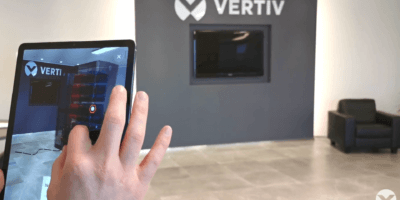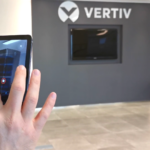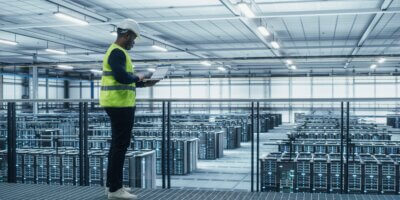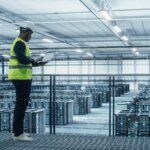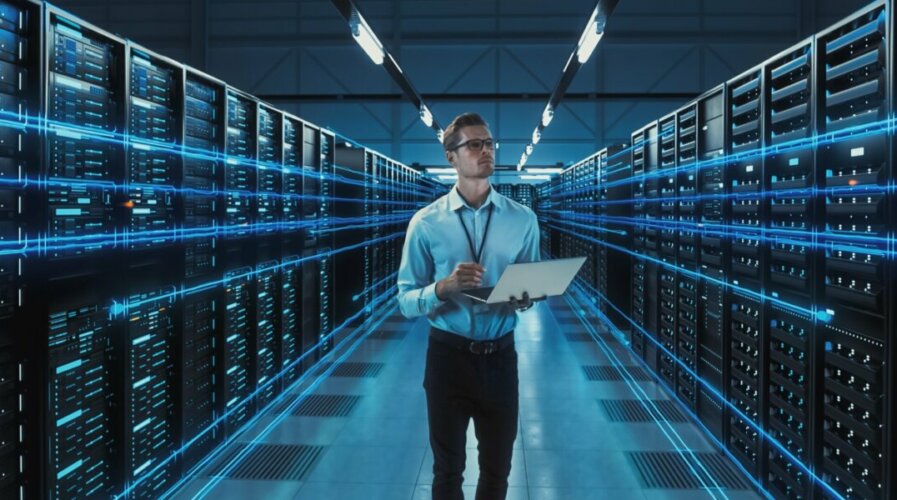
Data center infrastructure transformation in the age of AI and green tech. (Source – Shutterstock)
What does 2024 hold for the data center landscape and its infrastructure?
- 2024 is a crucial year for data center infrastructure and its landscape.
- The 2023 data center market faces power shortages and sees remarkable Asia-Pacific growth.
- Asia-Pacific growth, AI surge, and green energy shift in data centers.
Observations and forecasts this year indicate a global power shortage is hindering the growth of the data center market worldwide. Ensuring sufficient power supply is a primary concern for data center operators in key regions such as North America, Europe, Latin America, and Asia-Pacific. Secondary markets with ample power resources are becoming more appealing to data center operators.
In the Asia-Pacific region, data center inventories are expanding quickly, reaching substantial sizes. Tokyo, Sydney, and Singapore each now boast over half a gigawatt of operational power capacity, with Sydney’s capacity increasing by 30% from last year. However, limited power availability is a significant hurdle in some Asia-Pacific markets, despite the region’s potential and the growing interest in developing markets outside major cities.
2024: the year of AI-driven data center infrastructure
As the industry approaches 2024, it faces the intense demand for AI capabilities, while simultaneously grappling with the need to reduce energy consumption, costs, and greenhouse gas emissions. The widespread adoption of AI, predicted by Vertiv two years ago, brings with it both infrastructure and sustainability challenges, which are evident in Vertiv’s forecast of data center trends for 2024.
Vertiv CEO Giordano (Gio) Albertazzi emphasizes the significant impact of AI on data center densities and power requirements. He notes the critical challenge of supporting AI demand while reducing energy usage and emissions, calling for collaboration between data centers, chip and server manufacturers, and infrastructure providers.
Vertiv experts anticipate trends to dominate the data center sector in 2024, with AI playing a pivotal role in shaping new builds and retrofit strategies. The increasing demand for AI is pushing organizations to significantly modify their operations. Many existing facilities are not equipped to support the high-density computing AI requires, often lacking the infrastructure for liquid cooling.
In response, organizations are opting for new construction projects, increasingly using prefabricated modular solutions to expedite deployment, or undertaking large-scale retrofits to fundamentally transform their power and cooling infrastructure. These changes offer opportunities to implement greener technologies and practices, such as liquid cooling for AI servers and air-cooled thermal management for the entire data center.
Innovations in energy storage and efficiency
The pursuit of alternative energy storage solutions is gaining momentum. Innovations like battery energy storage systems (BESS) demonstrate potential for intelligent grid integration and reducing generator use. By adapting load management, BESS supports longer operational demands and can seamlessly integrate with alternative energy sources like solar or fuel cells. The anticipated rise in BESS installations in 2024 reflects a shift towards “bring your own power” models, aimed at fulfilling the capacity, reliability, and cost-effectiveness requirements of AI-driven demand.
For enterprises managing data centers, flexibility is becoming a key focus. Cloud and colocation providers are aggressively expanding to meet demand, but businesses with their own data centers are diversifying their investment and deployment strategies, particularly considering AI integration and sustainability goals. An emerging trend towards on-premise capacity for proprietary AI and edge application deployments is influenced by AI.
Many organizations are likely to invest incrementally, favoring prefabricated modular solutions and prioritizing service and maintenance to prolong the life of existing equipment. These measures optimize operations in maxed-out computing environments, improve energy efficiency, and reduce Scope 3 carbon emissions by extending the lifespan of current servers.
Vertiv’s role in data center infrastructure evolution
Vertiv, among many companies, is addressing energy efficiency by launching scalable UPS systems in Asia, suitable for edge and mid-sized applications. The company has introduced the Vertiv Liebert APM2, an energy-efficient and scalable power solution, to its UPS portfolio. Compatible with lithium-ion and VRLA batteries, the Liebert APM2 features a compact design ranging from 30kW to 600 kW. It offers considerable energy savings compared to less efficient alternatives and can parallel with up to four units for extra capacity or redundancy.
The Liebert APM2 stands out for delivering higher power output in a smaller footprint, essential for edge computing applications with limited space. Requiring up to 45% less space than its predecessor, the Vertiv Liebert APM, the Liebert APM2 offers diverse installation options, like in-row, in-room, against-the-wall, or back-to-back setups.
Security and cloud expansion in 2024’s data center landscape
With cloud spending projected to rise by 20.4% in 2024, the race to the cloud is intensifying, coupled with heightened security concerns. The ongoing shift to cloud services increases the demand on providers to expand capacity rapidly, especially for AI and high-performance computing, leading them to rely on colocation partners worldwide.
Security remains a top priority for cloud customers as they move more data offsite. Gartner reports that 80% of CIOs plan to increase cyber/information security spending in 2024, underscoring the importance of addressing the complex security challenges of varying national and regional data security regulations.

Cloud spending rises and security remains a top priority. (Generated with AI).
Paul Churchill, vice president and general manager at Vertiv Asia, has observed a significant uptick in AI investments and strategic alignment in Asia. He cites IDC’s forecast that by 2026, substantial investments will flow into AI/automation technologies. Vertiv is committed to assisting customers with the challenges of integrating AI, offering various solutions from modular systems to predictive maintenance services.
Churchill emphasizes the value AI adds in driving more efficient and sustainable IT systems, a trend that is increasingly shaping the future of the data center industry.
READ MORE
- 3 Steps to Successfully Automate Copilot for Microsoft 365 Implementation
- Trustworthy AI – the Promise of Enterprise-Friendly Generative Machine Learning with Dell and NVIDIA
- Strategies for Democratizing GenAI
- The criticality of endpoint management in cybersecurity and operations
- Ethical AI: The renewed importance of safeguarding data and customer privacy in Generative AI applications

